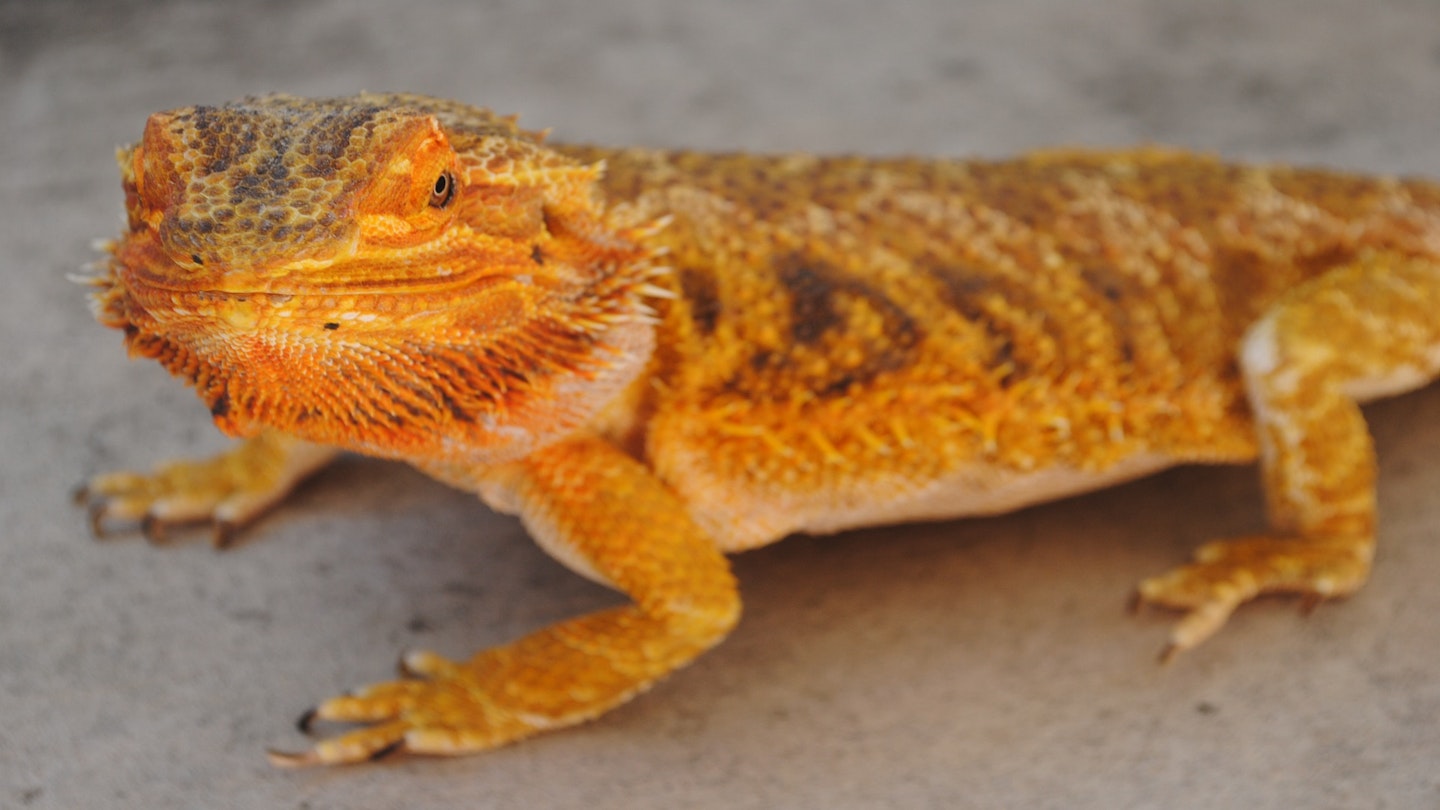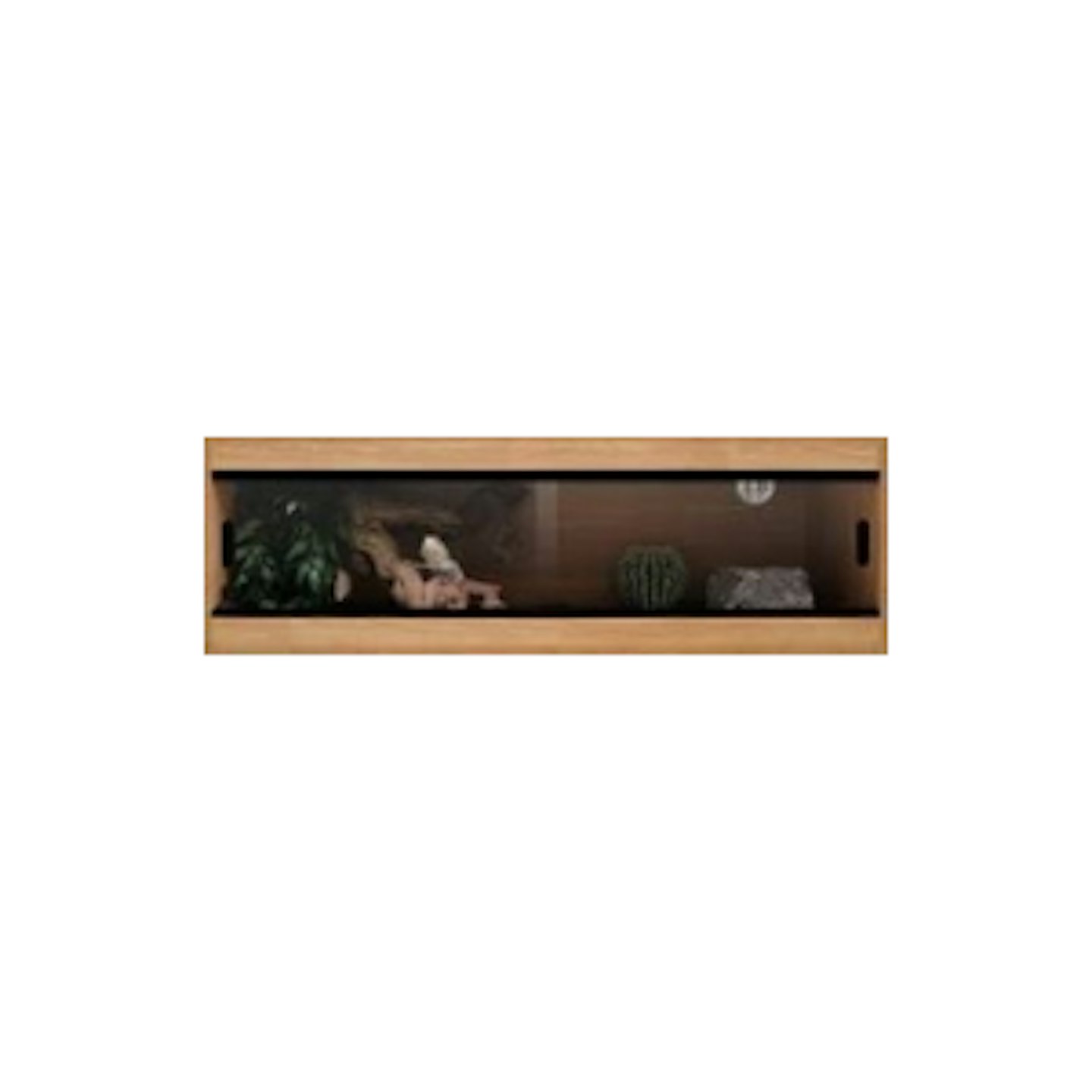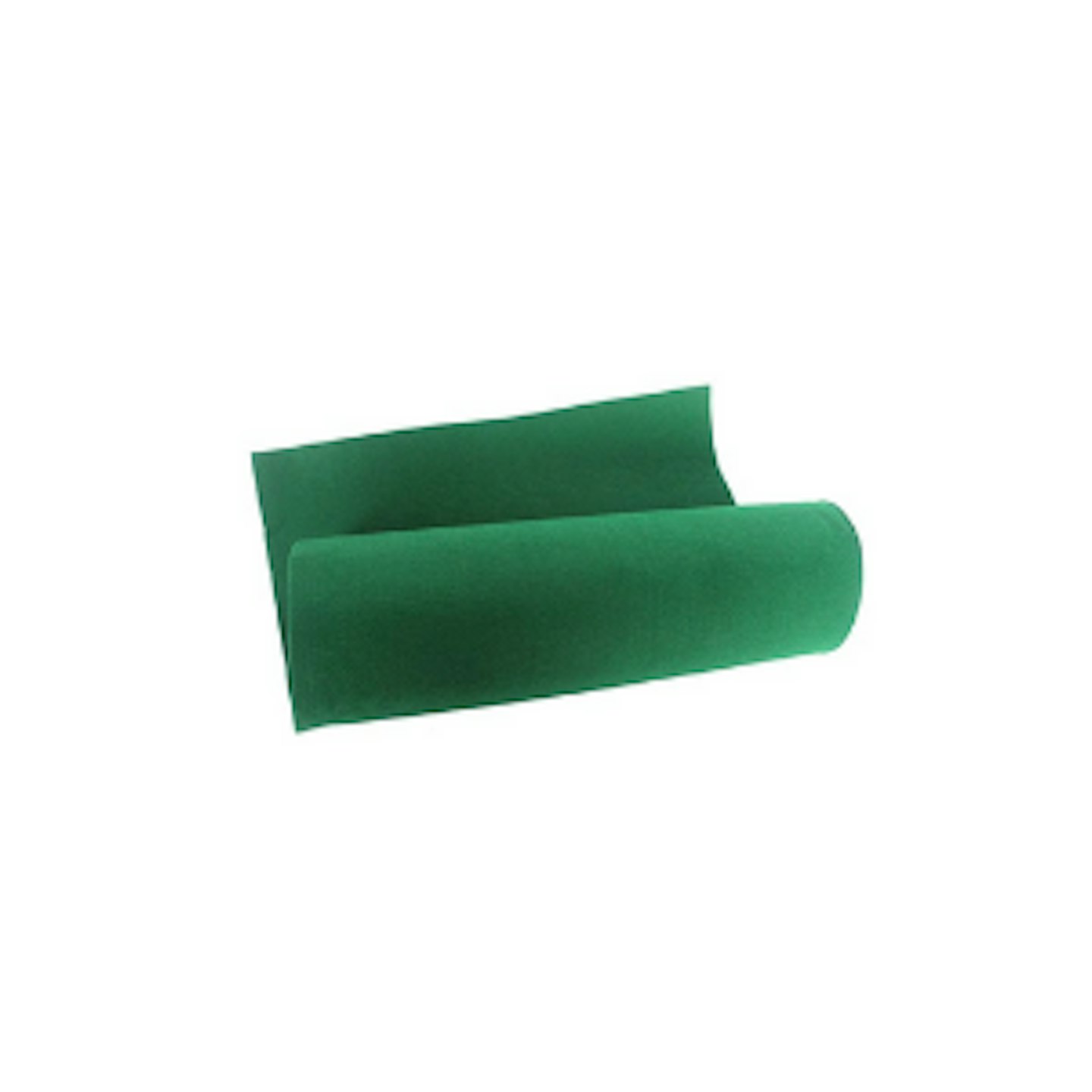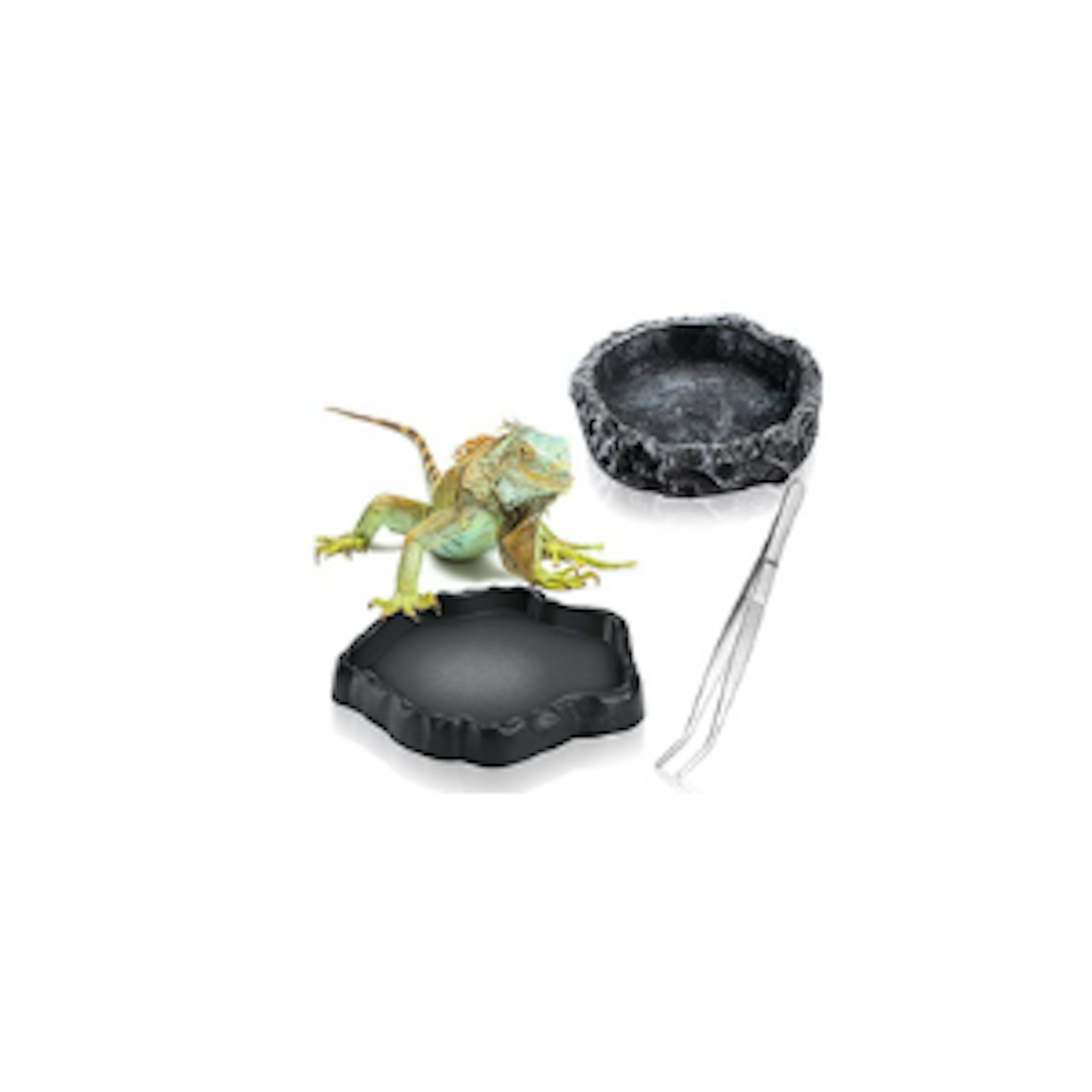Bearded dragons are pretty popular pets, and it's quite easy to see why, they're gentle, chilled out and incredibly social creatures. They have an excellent temperament and can even (if cared for properly) get along with other pets such as cats or dogs.
Their relaxed manner is a pretty big perk, whether it's basking in their UVB lights (aka their sun) or hanging out on your shoulder as you walk around the house, or even roaming your bedroom and exploring any objects - they're pretty awesome and relatively low-maintenance.
But in order to ensure they're happy and healthy, we need to provide them with the best bearded dragon care. This includes ensuring you have everything required for your bearded dragon setup.
Whether you're a complete newbie and just thinking about purchasing a beardie, or you've done quite a bit of research, our best bearded dragon care has got everything that you'll need in a handy list. We've even also answered quite a few questions regarding bearded dragons, so keep reading below.
Bearded dragon care and set-up: what do I need?
Vivarium (enclosure)
The minimum sized vivarium that is required for an adult bearded dragon according to the RSPCA is a 120cm long x 60cm high x 60 cm wide vivarium. There are two different material options when it comes to vivariums - glass and wood, each has their advantages and disadvantages. We've listed oak/wood, as this retains much more heat than glass, is best suited for bearded dragons, and is usually the most budget-friendly.
This is an excellent option for baby bearded dragons, so if you've just bought a baby beardie, we'd recommend this product as they'll have plenty of space to roam around and explore.
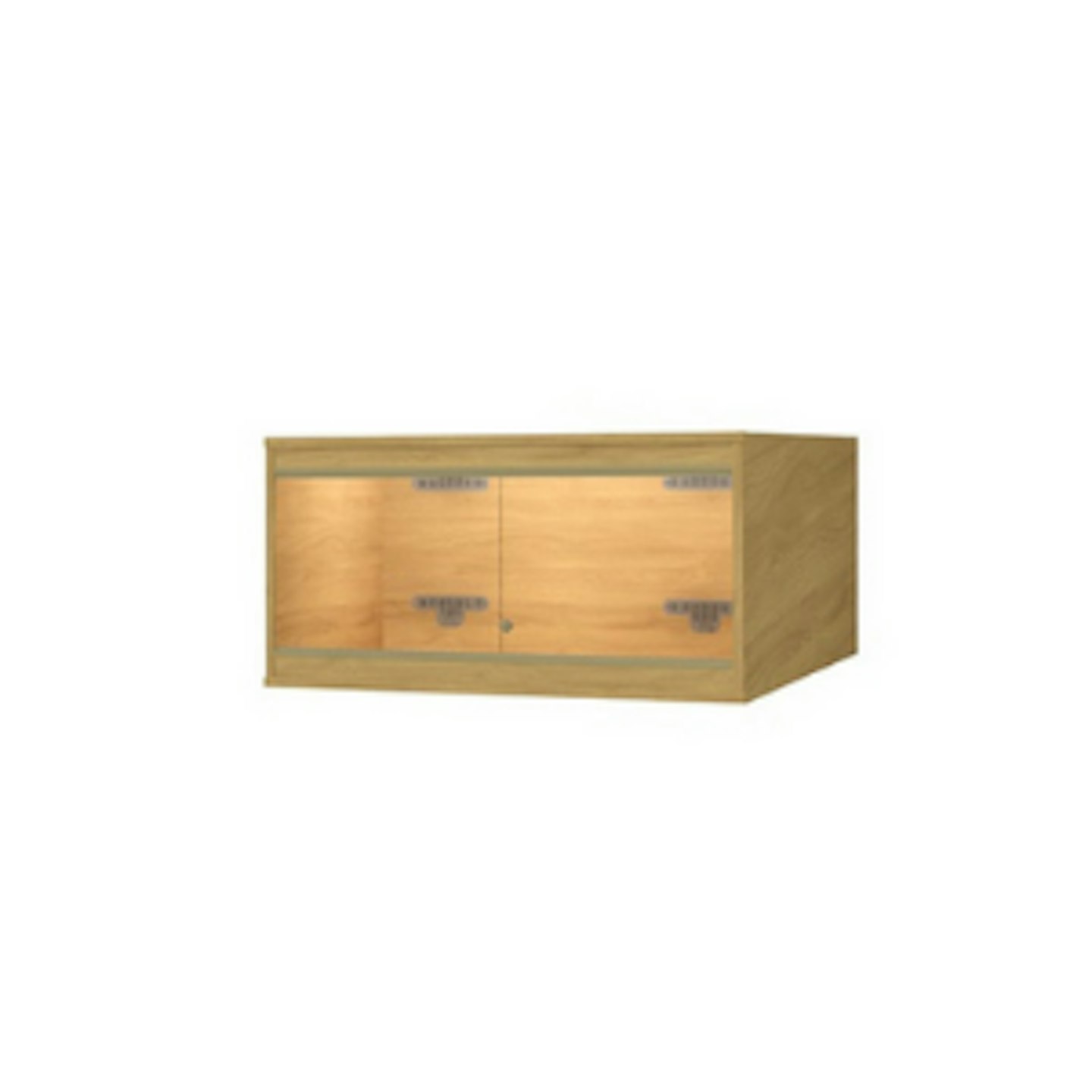
www.reptiles.swelluk.com
This is ideal for any young adult or adult bearded dragons.
Lighting and Heat
You will need two different types of lamps for your vivarium, a UVB lamp and a heat lamp. Make sure when setting up your vivarium that you focus the heat and lamps on one side so that there is a clear difference between a cooler side of the vivarium, and a hotter side. This is crucial, as bearded dragons are ‘ectothermic’ creatures, this means they utilise their environment to cool down and warm up.
What temperatures should each end of the vivarium be?
Well as a frame of reference, the hottest section should reach anywhere between 38 to 42 Celsius. The cool end should be between 22 to 26 Celsius.
It is important that you create a 'basking zone' for your beardie, otherwise known as the hottest section that the beardie can reach. It's also important to note that your bearded dragon's back should not be closer than 25 to 30 cm from the lamps, otherwise this can cause injury or burns.
Please ensure your beardie has the correct lighting, otherwise, they could become seriously ill as they won't be able to properly absorb nutrients. It's also important to note that you will have to replace these bulbs as over time they will diminish, and each bulb has its own recommended life span.
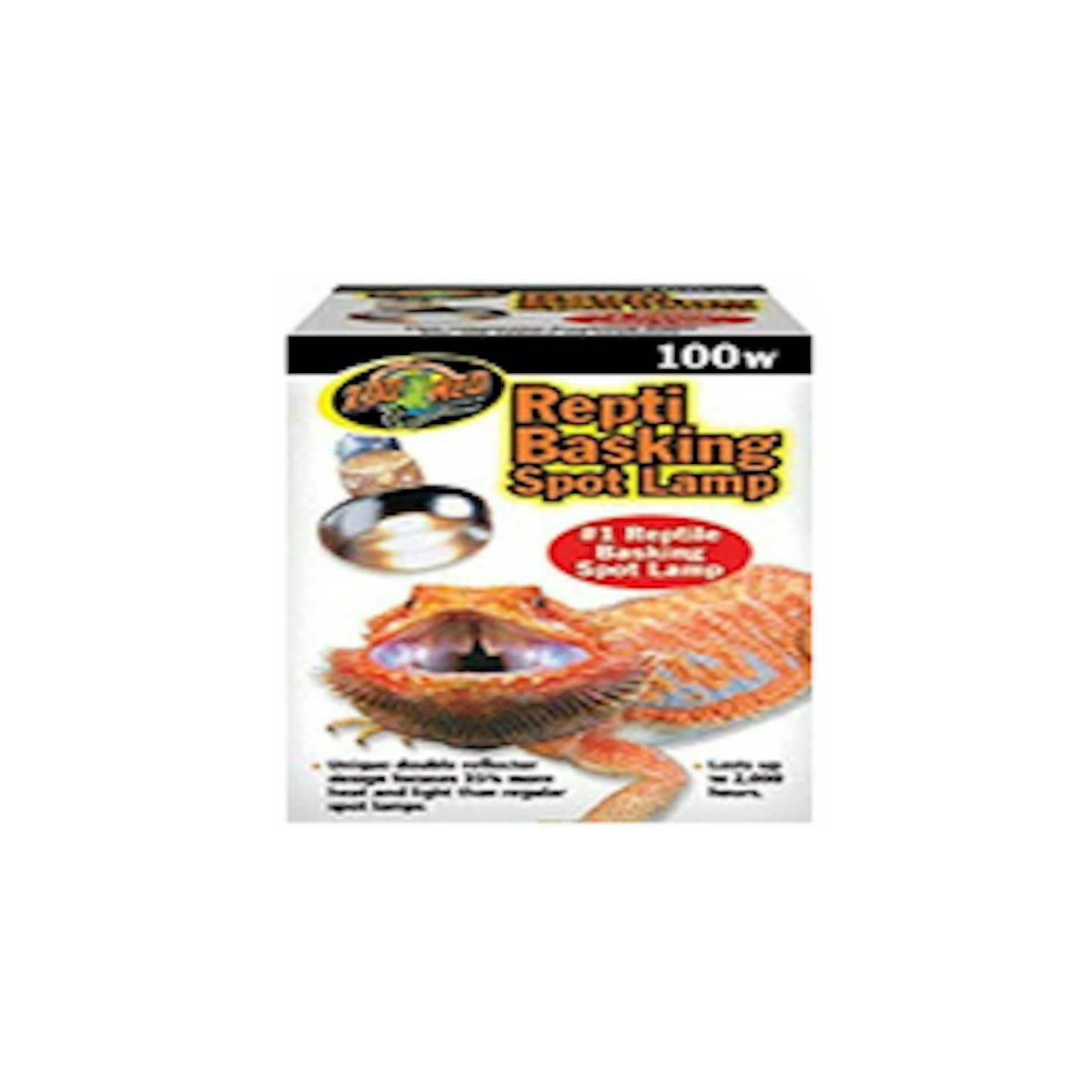
If it's a heat lamp you want, then we highly recommend this product by Zoo Med. This product is ideal when creating a 'basking zone' for your beardie, it has a double reflector that focuses 35 per cent more light and heat into the enclosure.
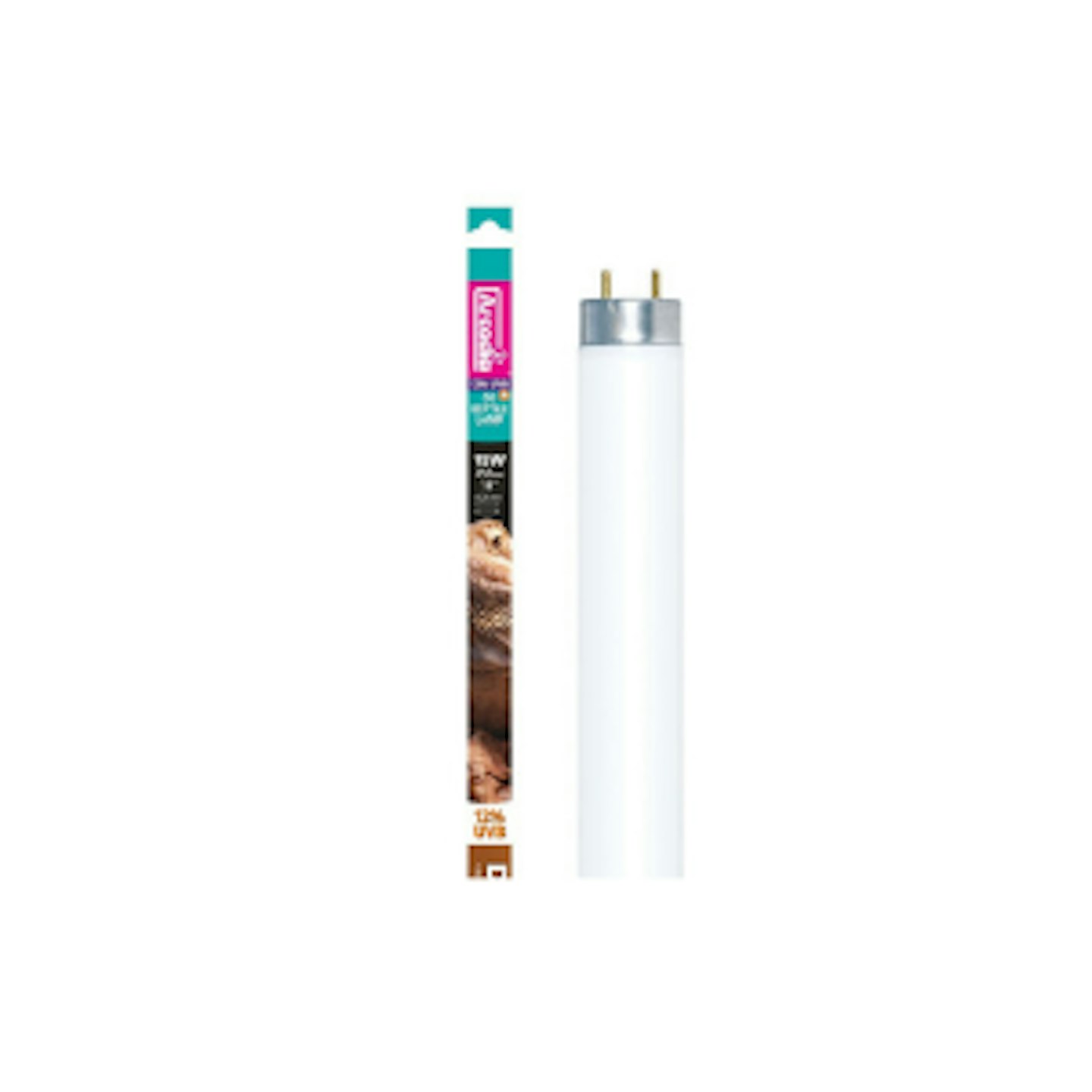
www.reptiles.swelluk.com
As well as having a heat lamp, beardies also require a UVB lamp. This is absolutely crucial for bearded dragons as it allows them to properly absorb nutrients and keep healthy. They need a high-level UVB bulb to ensure they produce vitamin D3 as they require this to absorb calcium. This, in turn, ensures they have healthy bones, and avoid any diseases such as metabolic bone disease.
Monitoring heat
Of course, you'll need to monitor the heat, as previously stated, so it is always at the optimal temperature for your dragon. For this, you will need a thermometer and a hygrometer. A hygrometer measures the amount of humidity in an environment.
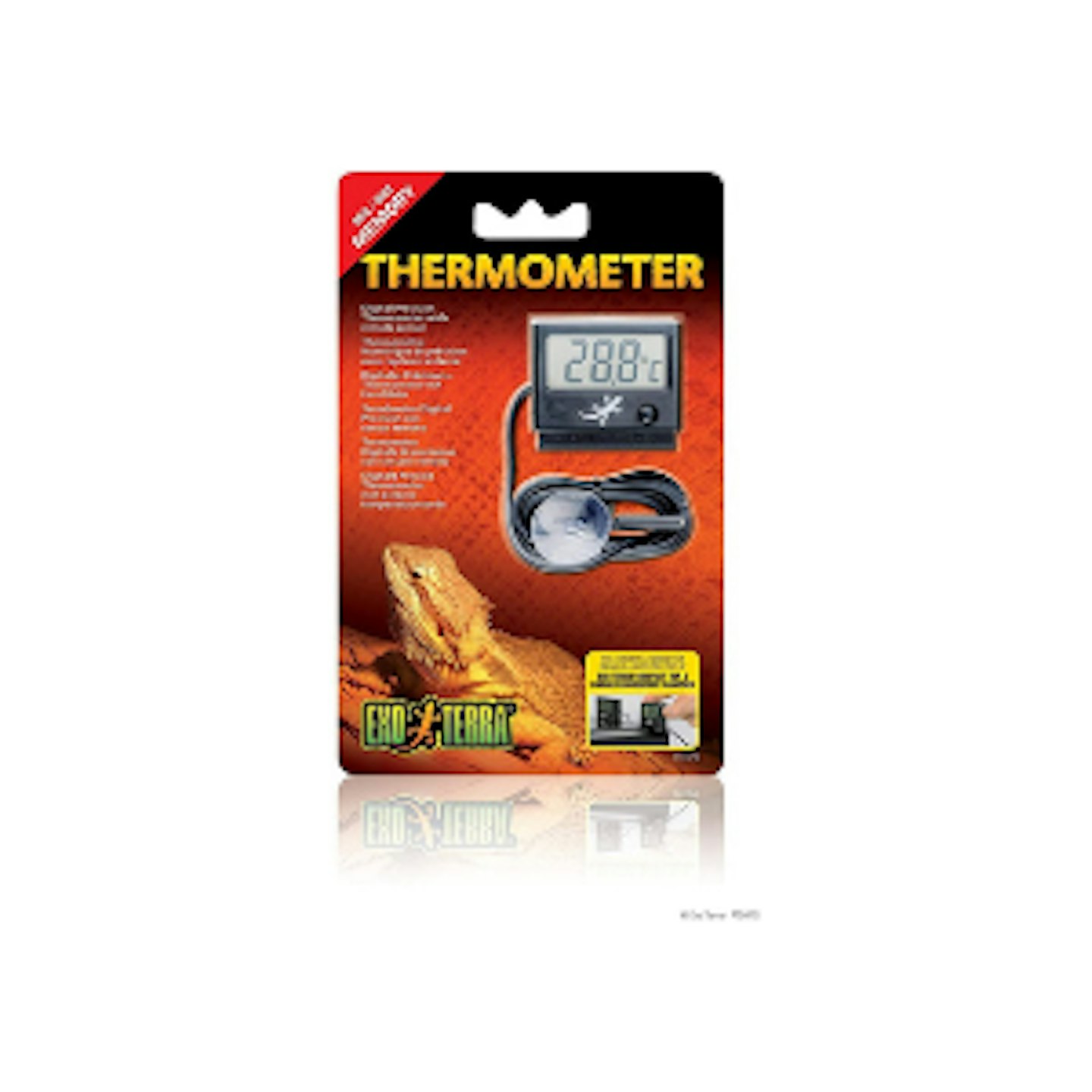
This is an excellent digital thermometer, it's super straightforward to use and read. It's also great value for money.

Of course, if you don't want the added trouble of having to purchase two separate devices, you could always buy the Digital Thermometer-Hygrometer from Zilla.
Substrate and decor
When it comes to the decor, this is completely up to you and the aesthetic you wish to achieve, however, it is important that you include one branch that the beardie can climb on and one rock in the 'basking zone'.
In terms of substrates, there are plenty from which to choose from, the best bearded dragon substrate should be relatively dry and not hold very much humidity. We've comprised a list of the different types of substrates, and their advantages and disadvantages, and have included products for some of them:
Reptile carpet, fake grass, or astroturf - This is an excellent option, it's super easy to install and won't overheat. However, cleaning it can be quite time-consuming.
Newspaper - This would be ideal for anyone wanting a low-cost and budget-friendly substrate. It's important to note that it cannot be re-used. We haven't included a product for this as any clean newspaper you have is suitable.
Sand - It's one of, if not the most popular substrate. It's super easy to clean and has a great aesthetic, however, it's important to note that if ingested by your beardie it can potentially negatively impact them.
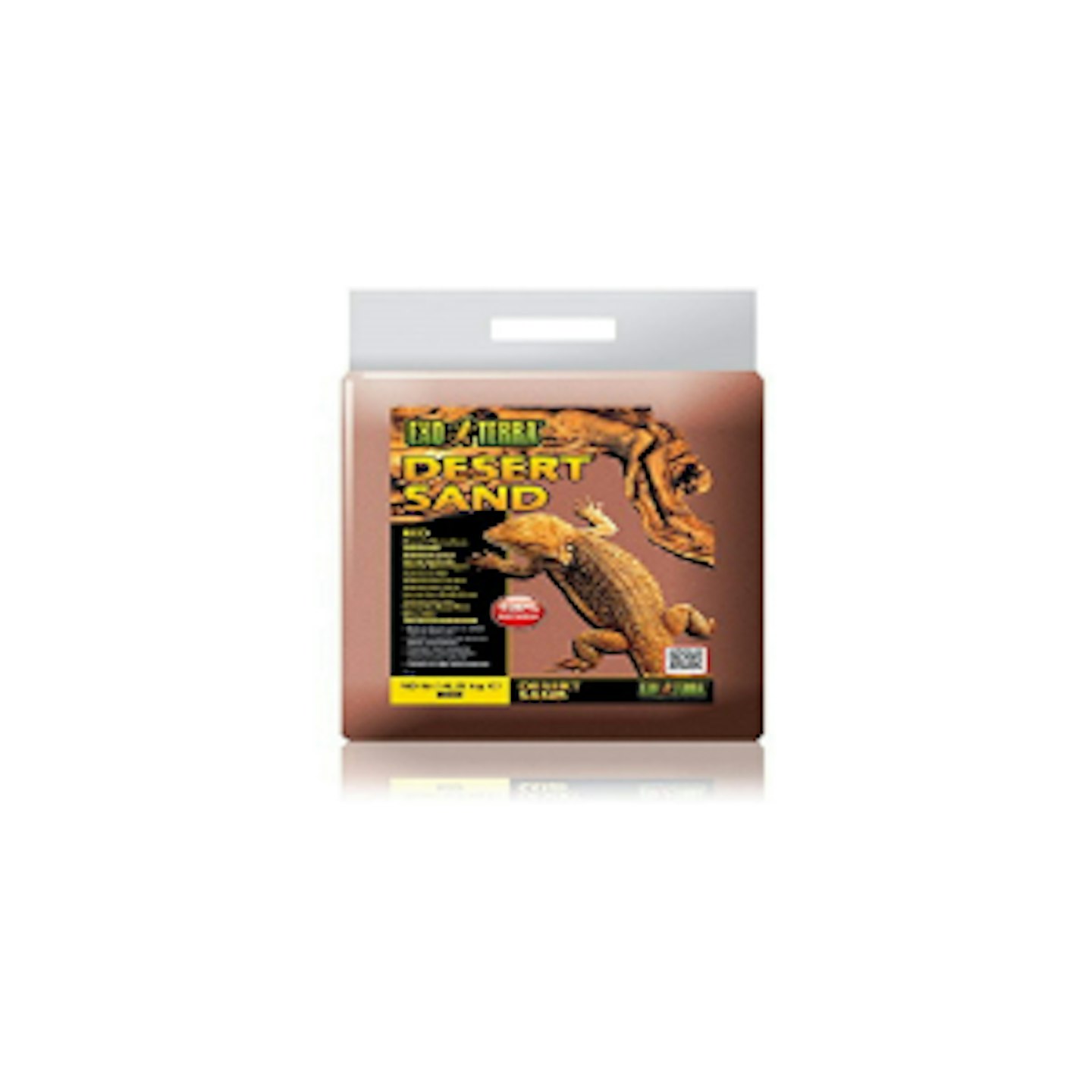
Ceramic tiles - What we love about this substrate is that it conducts heat, so it won't retain much moisture at all. It also provides the enclosure with a pretty sleek aesthetic, however, this was not made for reptiles and can be difficult to set up.
Wood chips/bark - This is not recommended as it absorbs moisture quite well, and carries a potential risk if ingested by your bearded dragon.
Alfalfa Pellets - This is super easy to maintain and replace, however similarly to sand, it can have a negative impact if ingested and becomes mouldy quite quickly.
Rubber shelf liner - It can be pretty durable and fairly cheap, but, it may crack if exposed to too much heat.
Food and water bowls
Bearded dragons require a specific bowl for food and water, and their water bowl should be changed daily.
What's excellent about this product is that it's incredible value for price and gives you two bowls as well as a pair of feeding tweezers.
How long do bearded dragons live for?
They are a big commitment as on average they live between 10 to 15 years.
How big do bearded dragons get?
This completely depends on the breed you have, but in general adult bearded dragons range between 16 and 24 inches.
What do bearded dragons eat?
They eat a variety of live insects, fruit and vegetables. These insects include beetles, dubia roaches, earthworms, super worms and crickets.
The vegetables include kale, dandelion greens and collard greens. In terms of fruit, beardies will eat blueberries, apples, strawberries, bananas and grapes.
Younger bearded dragons require more protein than adults and therefore should eat a diet made up of 80 per cent insects and 20 per cent vegetables and fruit. Once they are fully grown this rule swaps around, and they should then be consuming 80 per cent fruit and vegetables and 20 per cent insects.
What to read next?
Isabel Martins is a Commercial Content Writer for What's The Best, specialising in technology.
Subscribe to the What’s The Best Newsletter to keep up to date with more of the latest reviews and recommendations from the What’s The Best team.
